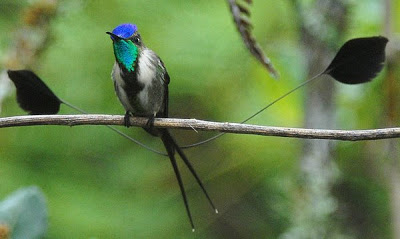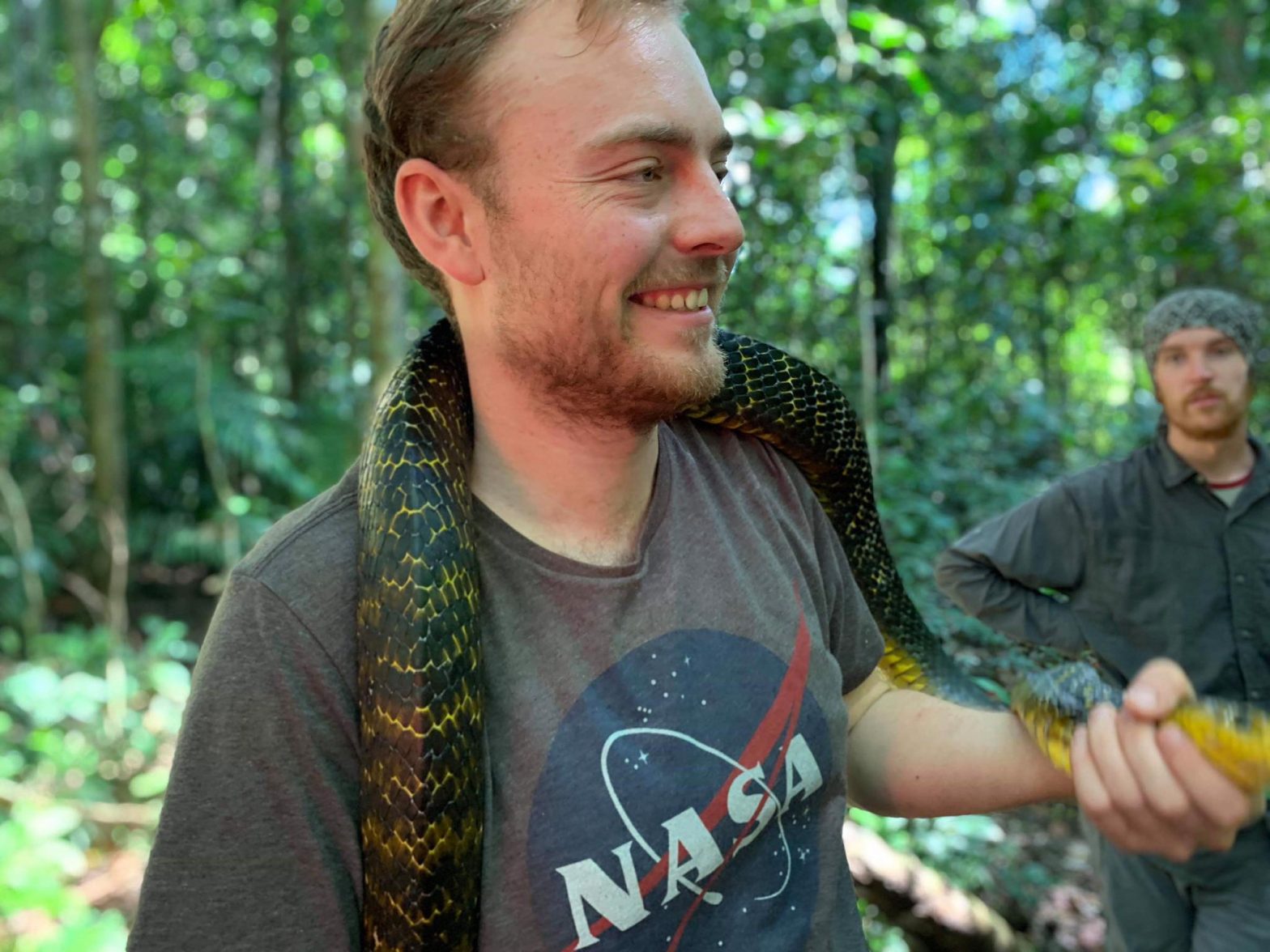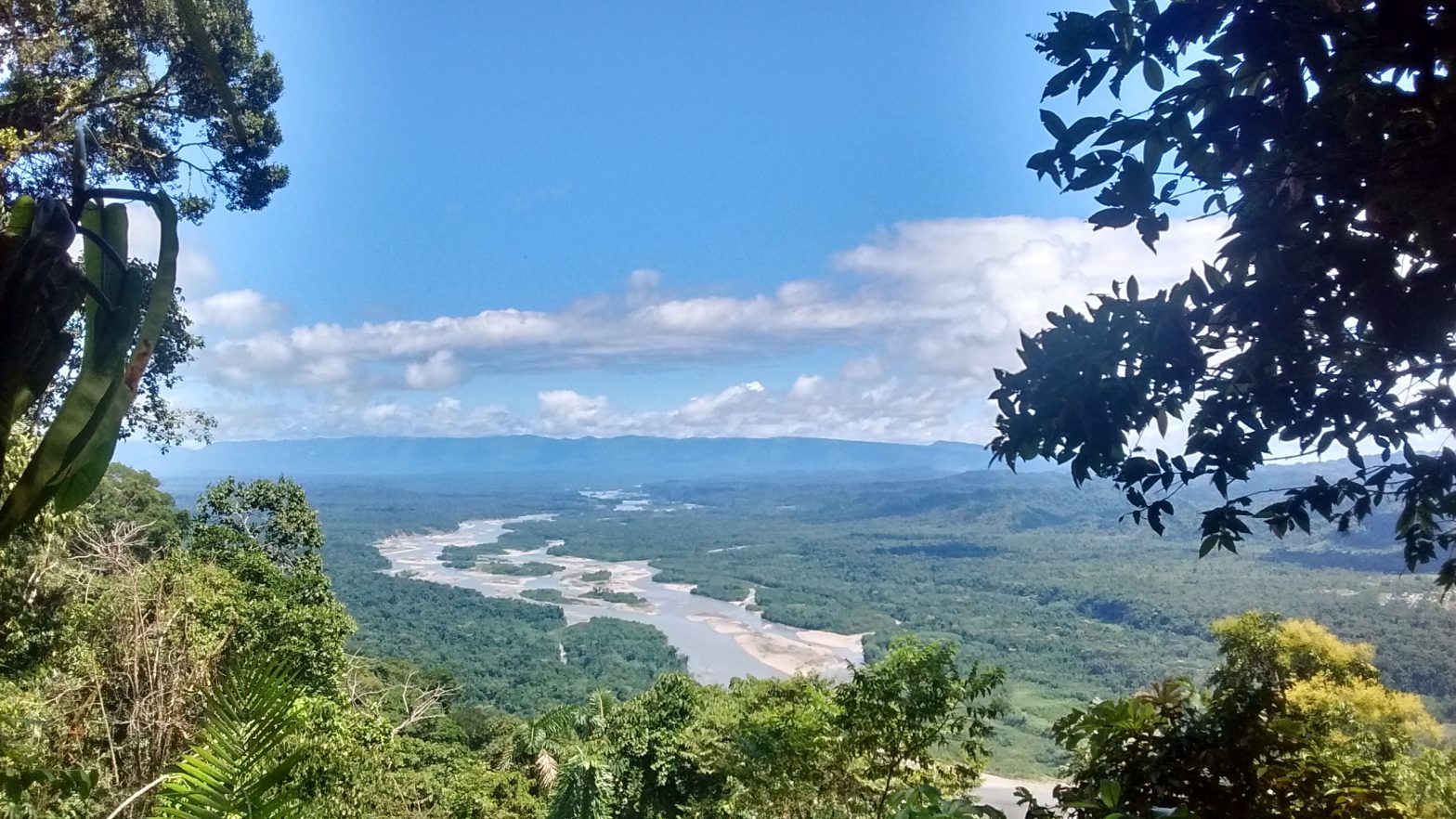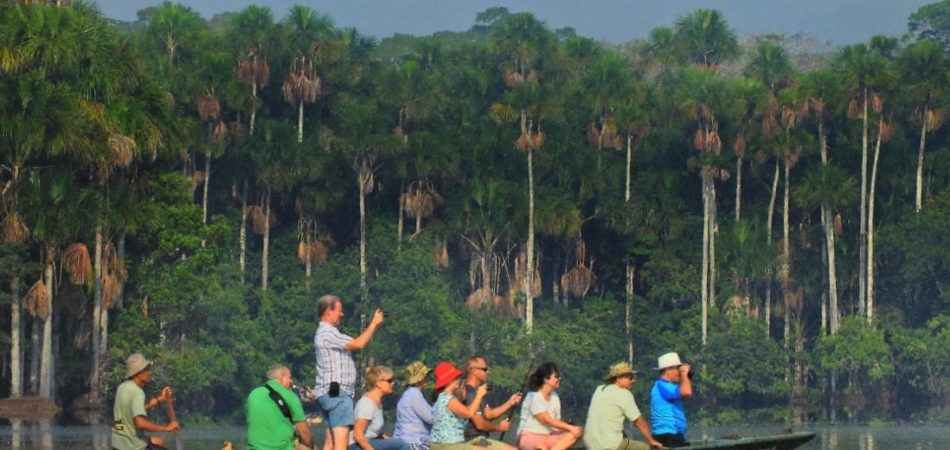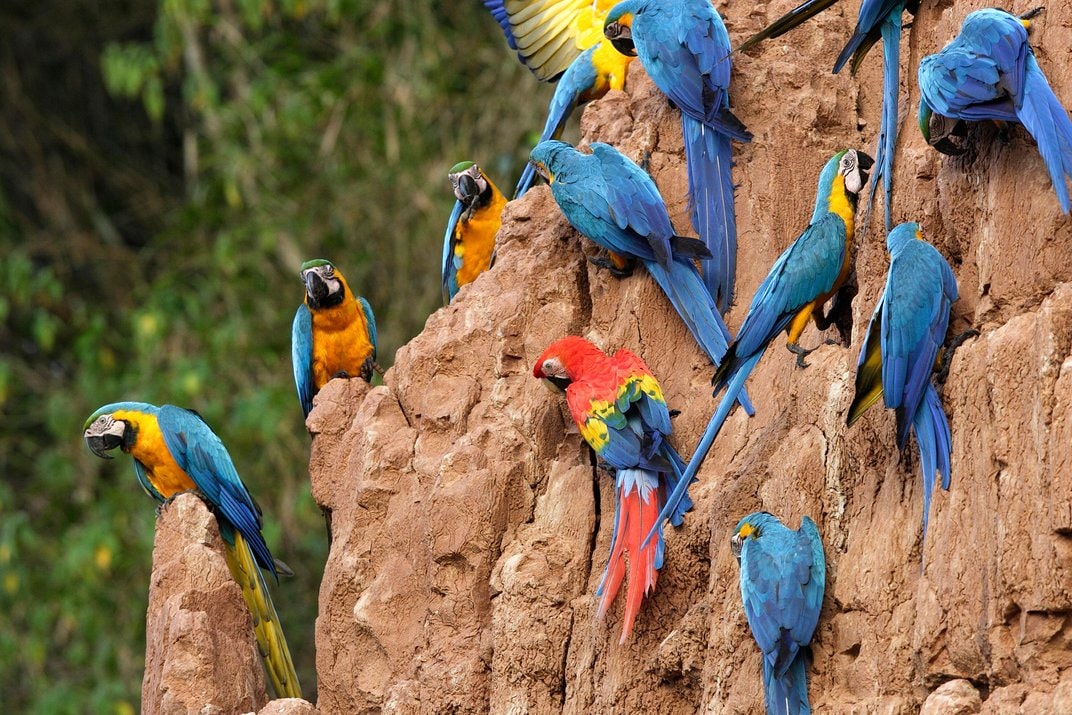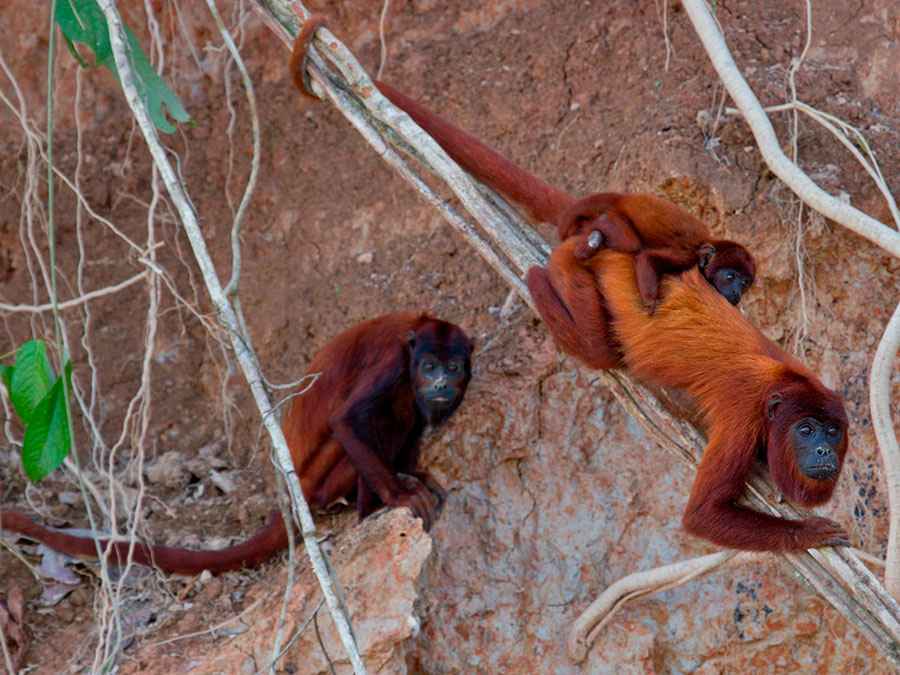Amazon Peru manu information .
Biosphere Reserve Information Amazon Wildlife : :Major ecosystem type: Mixed mountain and highland systems / Tropical humid forests Amazon Peru Manu Information. Major habitats & land cover types:
Cloud forest; alpine grasslands of the Andes; rainforest; humid forest; humid sub-tropical forest; very humid sub-

tropical forest characterized by mahogany (Swietenia sp. and Cedrela sp.) and the palm Phytelephas macrocarpa; very humid low mountain forest; lakes and rivers; agroecosystems.
- Location: 11°17′ to 13°11’S; 71°10′ to 72°22’W
- Area (hectares): total 1,841,806.
- Core area(s) 1,532,806
- Buffer zone(s) 52,000
- Transition area(s) 257,000
- Altitude (metres above sea level): +240 to +4,000
- Manu National Park Amazon Wildlife :
The 3.7 million-acre Manu National Park Amazon Wildlife was formed in 1973 and was inscribed on the
World Heritage List in 1987. Tourist lodges are not allowed in the park itself. In 1980 a relatively small area to the
east of the park was designated as a Tourist Reserve Zone, reserved for tourist and commercial activities Amazon Peru manu information .
GEOGRAPHICAL LOCATION THE MANU PARK AMAZON WILDLIFE Amazon Peru manu information :
The park is located in the provinces of Manu and Paucartambo (Departments of Madre de Dios and Cuzco
respectively), comprising lands on the eastern slopes of the Andes and on the Peruvian Amazones. The limits to the north are the watershed separating the catchment basins of Manu and de las Piedras rivers (72° 01’W, 11°
17’S); to the south the area where the road from Paucartambo to the north-west turns to
Tres Cruces (71° 30’W, 13° 11’S); to the east the region on the left margin of the Alto Madre de Dios River to the
Pilcopata River, Department of Cuzco (71° 10’W, 12° 18’S); and to the west the watershed separating the
catchment basins of the Manu and Camisea Rivers – also the limit between the Departments of Cuzco and Madre de Dios (72° 22’W, 11° 45’S)
ALTITUDE :From 365m (Manu River mouth) to 4,000m (Cerro Huascar)
PHYSICAL FEATURES :
The park is located on the eastern slopes of the Andes and extends down from precipitous mountains. The entire
area is situated within the Amazon River basin and protects almost the entire watershed of the River Manu and
most of the tributaries of the River Alto Madre de Dios. Alluvial plains are found along the rivers where sediments
may be deposited on a seasonal basis. The hills occupy the lowlands between the rivers and are relatively small
with slopes between 15% and 50%, forming an undulating topography, which covers much of the park to Amazon Wildlife.
The alluvial plains and hills above 1,500m mainly comprise sedimentary rocks of the Superior Tertiary (1 to 111
million years old) and Recent Quaternary (less than 1 million years old). The mountainous area above 1,500m is
formed of sedimentary and metamorphic rocks of the Precambrian and Palaeozoic era (more than 440 million
years old). The adjacent reserved zone Amazon Wildlife Amazon Peru manu information .
mainly comprises the flood plains of the lower Manu river, down to its confluence with the Rio Alto Madre de
Dios, and over long periods of time the river has wandered over the plain leaving a number of ox-bow lakes.
CLIMATE TO MANU NATIONAL PARK AMAZON WILDLIFE :
Amazon Peru manu information .
The area has a wide range of climates, from the cold, dry Andes to the hot, humid Amazon Wildlife forests.There
are however, no long term records of rainfall or temperature in the park, and up to 1985 continuous records of
rainfall were only available for two years (1976 and 1982). At the Biological Station of Cocha Cashu (400m), the rainfall between September 1976 and August 1977 was 2100mm. There is a rainy season from October to April
with an average monthly rainfall of more than 200mm. From early May to late September rainfall decreases to
less than 100mm per month. There is a slight variation of air temperature during the year. The coldest month is
June with an average temperature of 11.1° C the hottest month is October with 25.4° C. There are virtually no
records of rainfall within the park above 650m. At Pilcopata (650m) the mean annual rainfall (1971-1980) was
3929mm and all months have more than 100mm of rain. July is the driest month with an average rainfall of 188mm.
Higher up into the Andes rainfall drops again, and temperatures fall significantly to average a few degrees above
zero. Fog is common all year round in montane forest regions to Amazon Wildlife
VEGETATIO TO MANU BIOSPHERE AMAZON WIDLIFE :
Amazon Peru manu information .
With a park the size of Manu Amazon Wildlife, with a wide range of altitude, vegetation varies widely, however the most widespread vegetation types found are tropical lowland rainforest, tropical montane rainforest and Puna vegetation (grasslands).
The lowland forests occur on the alluvial plains and the interfluvial hills.
Those on the hills may experience seasonal water supply, given the monthly variation in rainfall, while the forests on the alluvial plains are likely to be seasonally flooded.
The montane forests experience less variation in the water supply and are exposed to lower temperatures. The
management plan (La Molina, 1986) maps 14 forest types using the Holdridge system (after Tosi, 1960), although,
given the lack of rainfall data, this must be to some extent speculative. Despite the high diversity of plant species in
this region, the flora of Manu is still poorly known and floristic inventories must be considered as preliminary (Gentry, 1985).
The few collections of plants are those of Foster (1985) and Gentry (1985) made in the alluvial plains near the
Biological Station, and in the Tres Cruces region of the uplands. Other collections have been made by Terborgh (1985) and Janson (1985) on trees where birds andprimates obtain food. Despite this, in the last ten years, 1147
plant species have been identified in the park within quite a small area (500ha), and it is likely that the number of
species to be found within the park is well over this figure. More recent data (Saavedra, 1989) indicate 1,200
lowland vascular species and a single one hectare .
Cocha Cashu
Cocha cashu research station supported more than 200 tree species. In a hectare plot on the alluvial plains, 17
trees with a diameter of more than 70cm were found (4 to 11 trees with such a diameter would be more usual). The
biggest tree was a Ceiba pentandra (120cm), while others included the locally rare Poulsenia armata (110cm) and
Calycophyllum sp. (117cm), and locally endangered Swietenia macrophylla (105cm) and Dipteryx odorata (100cm).
The most common tree in the plot was Otoba parviflora (IK), and other highly abundant species included palms of
the genera Astrocaryum, Iriartea and Scheelea, two species of Quararibea (Bombacaceae), Guarea and Trichilia
(both Meliaceae from the subcanopy), one Pouteria (Sapotaceae), Pseudolmedia laevis (Moraceae) and Theobroma cacao (Sterculiaceae). Another striking feature of these forests is the high abundance of Ficus spp.,
of which there are at least 18 species – only 15 Ficus species are mentioned in the Flora of Peru (Standley, 1937).
Lianas are common, and 79 lianas of 43 species were found within 1,000 sq.m. With the current knowledge of the
flora of the park it is not possible to give a detailed account of threatened, endemic or potentially economically
important species. Swietenia macrophylla and Cedrela odorata which grow in almost pure stands, are two of the
species economically important for their wood, while Theobroma cacao and Quararibea cordata (IK) are both
cultivated for their fruits outside the park to Biosphere Amazon Wildlife.
YOURS ROUTE TO MANU NATIONAL PARK – TYPICAL DANCES.
Town and Peru, which is why the dancers use specific costumes and masks in each performance. Here are a few
examples of them: Las Qollas” represents the ethnic group which lives in the high altitude of the region and who
has been in conflict with “Chunchos”, the inhabitants from the jungle since time immorial. “ Los Majeños” are the
horse handlers from the valley of Majes from the coast, who came to trade vine and liquors for coca, fruits and
wood during the colonial time. Los Contradanza” is a parody of European salon dances. The dancers represent a
European couple with expensive fine clothes. To do this they wear white maskes. “Capac negro” are the African
slaves, brought by Spaniards to Peru. They are the guardians of the Virgin, and deserve the name Capac which means “senor”.
Auqas chilenos” are the Chilean invaders of Peru during the Pacific War of 1879 to 1883. When the “Chileans»
dance, they do it going backwards, symbolizing a retreat. “Waca-Waca” represents a spanish bullfight “Capac
Qolla” are traders from Altiplano. los Saqras” are the devils, who, when the image of the Virgin is carried through
the streets, need to look for,refuge on the rooves.













